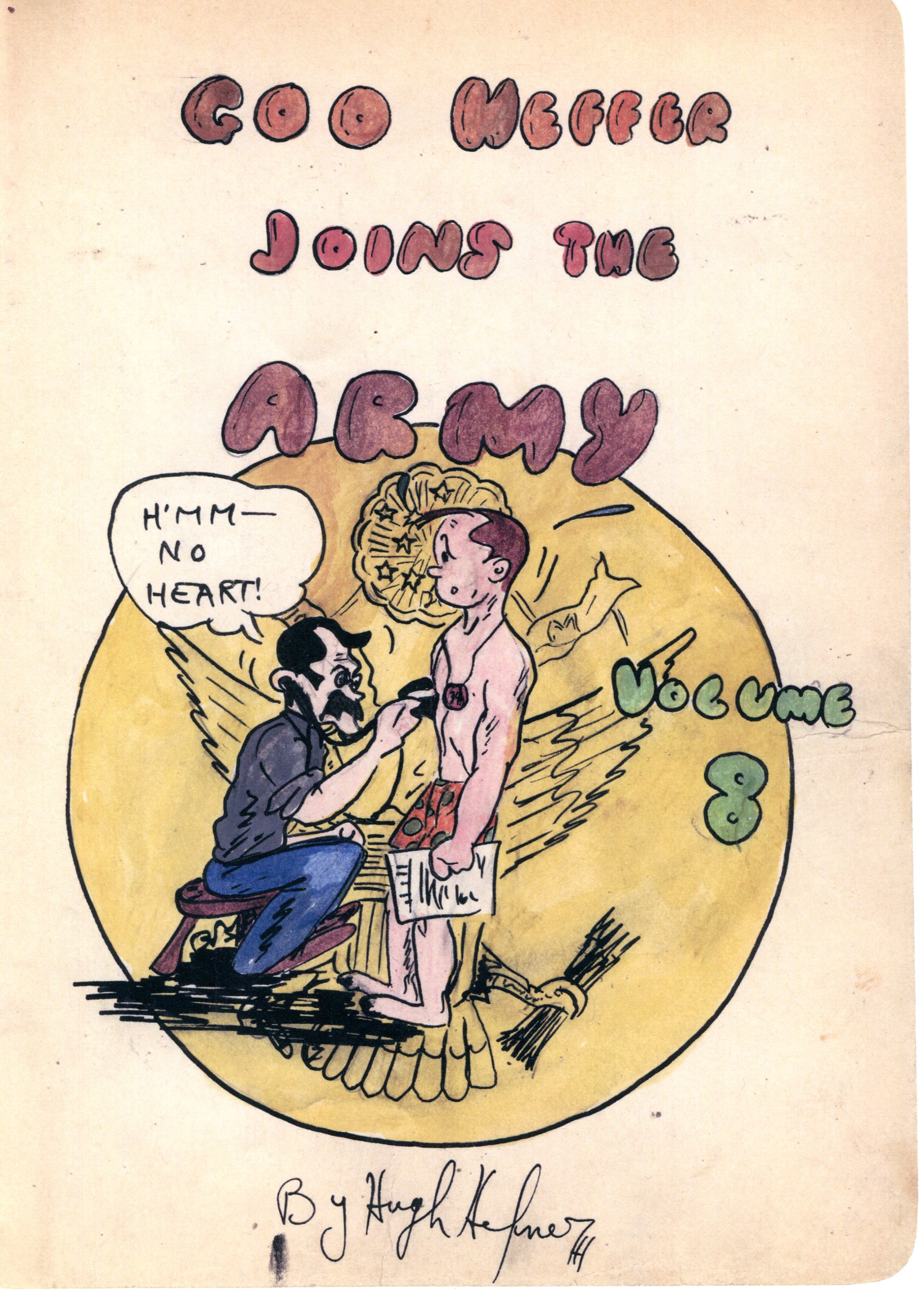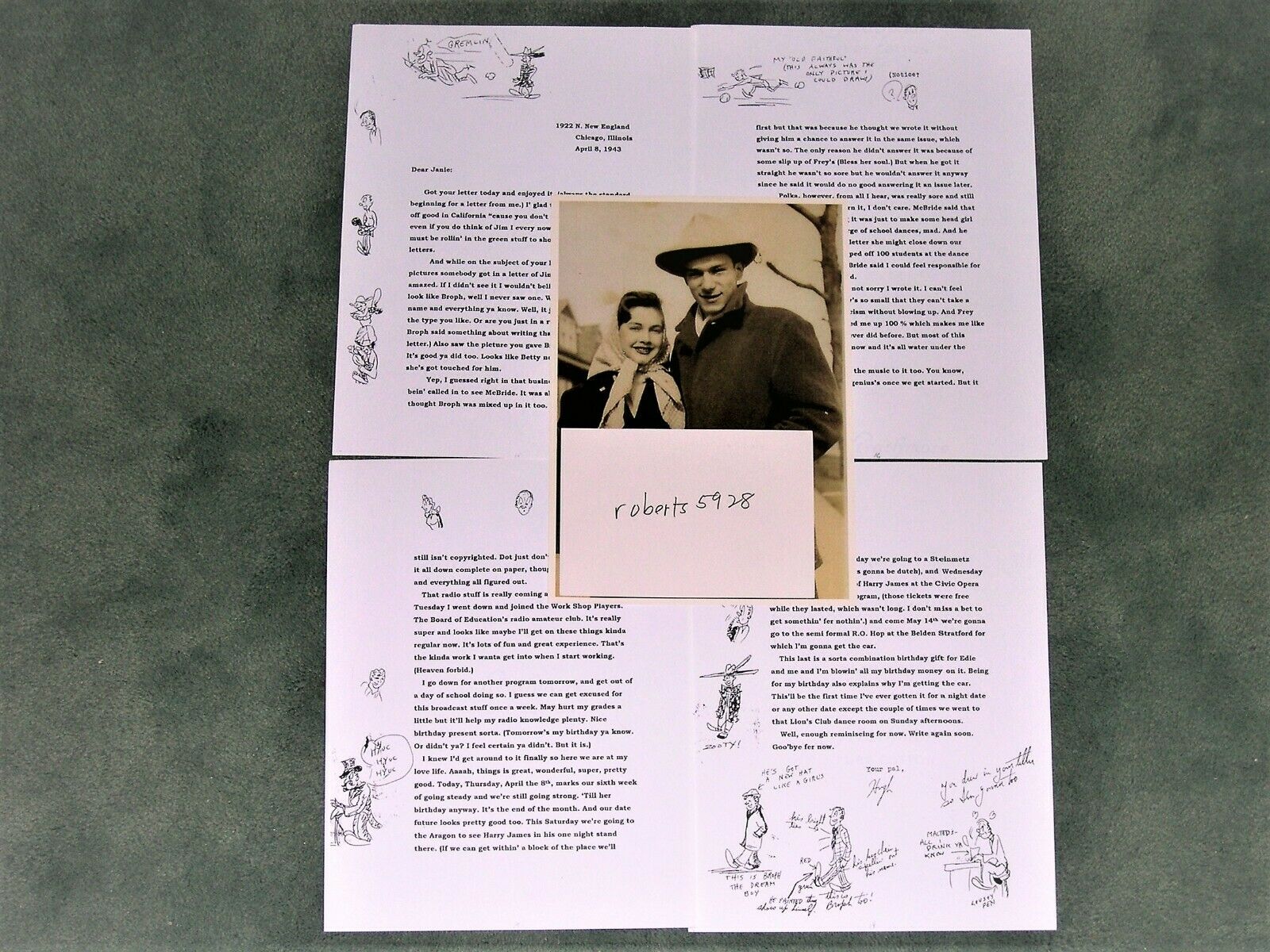 Playboy Price List-Info for Buying, Selling for Collectors
Playboy Price List-Info for Buying, Selling for Collectors
Playmates from 2002
Date added: Apr 23, 2019
#1 Reprints
Date added: Apr 23, 2019
Please be aware that unscrupulous sellers on Etsy and Ebay are trying to disguise the 2014 Reprints as being originals by using various methods I will describe below:
1) Since the 2014 reprint has the square box (the first reprint run had a rectangular box) in the upper right the same as the original, the only distinguishing factor is that the reprint has 3 staples and not 2 like the original. These sellers are not showing the binding in the photos so you can't determine if it is original or reprint. One seller even photo shopped the middle staple out.
2) The reprint is a Page 3 type copy. Many times the Page 3 interior page is pictured. This one seller pawning off a reprint conveniently cropped of that lower corner of the page. Another even had what appeared to be an accidental "shadow" disguising the Page 3 number.
3) Legitimate sellers clearly indicate in the Title and/or Description the fact it is a reprint (as does CGC by noting it on the accompanying label).
So, in conclusion beware of the array of incarnationsof this popular magazine edition....
Amazing Set at Auction
Date added: Apr 19, 2019
Amazing set of the first three issues of Playboy magazine from December 1953, January 1954, and February 1954, all encapsulated and graded by CGC as 9.0 (Very Fine/Near Mint), beginning with the ultra-rare 'red star' version of Playboy #1. Includes:
Playboy #1 'Red Star Copy' (HMH Publishing Co., December 1953) - CGC Universal Grade 9.0 - off-white to white pages - featuring Marilyn Monroe on the front cover and inside. This iconic magazine, which famously features a full-color nude of Miss Monroe (the one and only "Sweetheart of the Month") as the centerfold, launched Hugh Hefner's Playboy into the national spotlight as America's leading magazine for men's entertainment. This 'red star' version—one of three variants of the issue—is distinguished by the small red star on the cover, to the left of the title; the others, a newsstand edition and a 'Page 3' version with the third page numbered, are considered more common. The CGC census reveals the 'Red Star Copy' as the rarest variant: of the 319 Playboy #1s evaluated by CGC, only 22 have been the 'Red Star Copy.' Of these 22, just two have been graded as 9.0, with one higher.
Playboy #2 (HMH Publishing Co., January 1954) - CGC Universal Grade 9.0 - white pages - featuring Margie Harrison on the front cover and inside as the very first "Playmate of the Month." The CGC census records just nine examples at this grade or higher (the highest graded is 9.2, just one increment higher). Playboy #2 is widely considered to be the scarcest of any Playboy magazine—the print run was much smaller than later issues, as Hefner was unsure of how successful the magazine would be, and it appears at auction far less frequently than the first issue. High-grade examples of this issue are extremely difficult to find.
Playboy #3 (HMH Publishing Co., February 1954) - CGC Universal Grade 9.0 - white pages - featuring a Marilyn Waltz (as Margaret Scott) centerfold and a Yvonne Menard cover. The CGC census records seventeen examples at this grade or higher.
Early in 1953, 27-year-old Hugh Hefner, a former staff member at Esquire then employed by Children's Activities magazine, decided to test the waters with a 'new' kind of publication. To that point, men's magazines were typified by a pulpy potpourri of action and adventure fiction, cornball humor, tame, toothless exposés, and low-grade cheesecake pictorials. Hefner, sensing the incipient sea change in American attitudes toward sex—a sophisticated, cosmopolitan openness that lay beneath the veneer of Eisenhower-era propriety—assembled, at his kitchen table, the first issue of what would become one of the greatest success stories in the history of publishing.
The first issue of Playboy, which bore a cover price of 50¢, was anchored by a series of nude 'calendar' photos that had been modeled in the previous decade by struggling starlet Marilyn Monroe. Though the images had been around for years, Hefner's gamble paid off handsomely with more-than-respectable sales of nearly 54,000 copies. Encouraged by this auspicious launch, Hefner made continuous improvements to the magazine, eventually phasing out reprinted material in favor of original fiction (contributed, over the years, by such respected figures as Saul Bellow, Kurt Vonnegut, John Updike, and Joyce Carol Oates), and, more famously, lavishly produced nude pictorials featuring wholesome 'girls next door.' By the end of 1956, Playboy surpassed Esquire as the top-selling magazine of its type and was well on the way to inspiring legions of men to recite one of most durable howlers in the history of dubious claims: 'I get it for the articles!' Because of its uniquely iconic status, and because few of the original purchasers could have predicted the magazine's eventual status as a bona-fide institution, copies of Playboy's first issue have attained status among collectors as the most desirable and sought-after example of any periodical in any genre.
Hugh Hefner Memorabilia
Date added: Apr 17, 2019
I recently had the privilege of reviewing one of the binders from the collection of Janie Borson (Sellers), Eldon Sellers former wife and life long friend to Mr. Hefner. There are some personal letters as well as some circa 1945 or so cartoons from his continuing saga called "School Daze".
It is quite the experience examing and reading these "historic" volumes of Pre-Playboy Hef, and his high school friends and classmates, many of those that were nicknamed and represented in the cartoons.
I am determining whether I can make copies of these unique musings available to collectors that want to peek into the mind of the Publisher of Playboy.
.....Stay Tuned......

Playboy Back Issue Price List
Date added: Apr 15, 2019
I repeat, there is no authority or official price list for Playboy back issues.
The best you can do to determine a value is to data mine previous sales through auctions, Ebay, Etsy etc...... The collector market is still too fragmented and some prices for the early Playboy Issues vary widely. Condition is the deciding factor, and most graded issues are finding a price "zone".
Just when you think you have determined an average price, a sale comes along that totally defies common sense, and the figures are totally skewed again (mostly upward, but there has been occasion when a graded issue sells well below the average and is quickly flipped for a higher price)
Stand by for more.....
Ebay should add "Below Acceptable"
Date added: Apr 15, 2019
Interesting Listings
Date added: Apr 13, 2019
Saw this listing on Ebay. It is not often that these type items become available, but after some research, it is possible that these may be some of the most personal items ever to surface for "Pre-Playboy Hef".
These letters are priceless, and give us an insight into the visionary that took Playboy to the heights of the publishing world.
This 4 page letter is just one example of a much larger compilation of personal letters and correspondence between Hugh Hefner's life long friend Janie Borson and himself, copied from her originals and meticulously organized and catalogued by Janie herself into a large journal style "scrapbook" which I acquired along with many other items of sentimental and historic value. It gives the viewer a personal, inside look at a shy young, impressionable Hefner and his musings prior to creating his legacy of Playboy magazine.

Impulsive Rant
Date added: Apr 12, 2019
Why do sellers NOT SHOW the edges of the issue for sale when they photograph or scan?
Playboy Price & Grading
Date added: Apr 12, 2019
There also seems to be some misunderstanding on the "scale" of grading. It begins with the misconception that the grading is on a 1 to 10 Scale (with 1 being the worst and 10 the highest). Although that statement is technically true, there are actually 25 possible grades in the scale (not including NG (No Grade) which is below 0.5 (Poor).
Between 2.0 (Good) and 9.0 (Very Fine/Near Mint) the numbers are equally divided in .5 segments (1/2 points) like 2.0 --> 2.5 --> 3.0 --> 3.5 and so on up to 9.0. Below 2.0, where you would expect only 3 more levels, there are 4 more grades, and above 9.0 (which should only have 2 more possible grades) there are 6 higher grades (9.0 - 9.2 - 9.4 - 9.6 - 9.8 - 9.9 and 10.0). These higher grades accommodate the concept that even a minor flaw must be noted, but should not deduct 1/2 a point. Certainly a minimal, non color breaking bend should not drop a 9.8 to a 9.0. So, you can see why hypothetically, it is difficult to achieve Gem or Mint.
But that doesn't stop unscrupulous sellers/agents from trying to pawn off "Mint" copies in their descriptions, which is why I recommend walking away from that deal in most cases.
The other point to be taken away from the grading scale is that even though you would think that 5.0 (Very Good/Fine) would be the median grade. it is not. The actual median is between 6.0 and 6.5 (Fine). Higher than you might think. Many serious collectors aim to achieve a 9.0 or higher in their collections. That seems to be the popular "cut-off" point....
up next: Pricing by Grade,,,,,,,,,
The difference in Grades
Date added: Apr 10, 2019
I am constantly barraged with questions as to why a Very High Grade (Near Mint 9.0 or higher) costs so much more than, for example, a 6.0 Fine, when they almost look comparable to the naked eye in the slab (encapsulation). Looking at an issue through the grader's eye, one must be very objective. Rarely do you see 9.9 or 10.0 primarily because even the printing and distribution process causes some slight 'damage' to any unprotected issue.
Simply put, a barely perceptible corner bump that barely is discernible cause at least a .2 reduction. A minor light thumbing mark usually deducts around a .5 as does any stress lines. Many of these flaws happen prior to even being sold. White and Black covers are a completely different animal, and even the lightest soiling can show up on these styles. If anything breaks color, forget it....at least a 1 to2 point deduction.
I guess what I am trying to say is does not take much for what appears to be a decent copy of an issue to quickly degrade to a 5.0 or 6.0. They are particularly critical when there is no apparent flaws...it seems the grader looks closer than close for ANY defects. That is why finding a vintage Playboy in 9.4 or higher is rare. When you do find one, it is usually on a cover that hides flaws pretty well.
to be continued (Grader Notes)....


 Playboy Price List, forum, trends, news
Playboy Price List, forum, trends, news 

